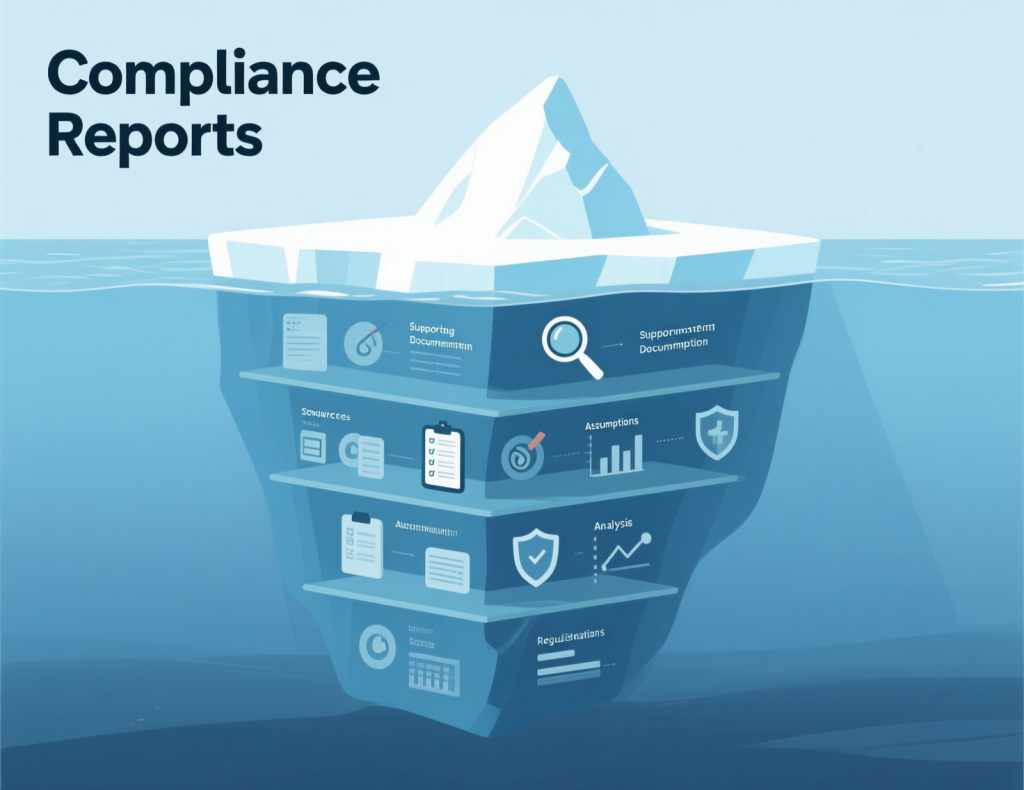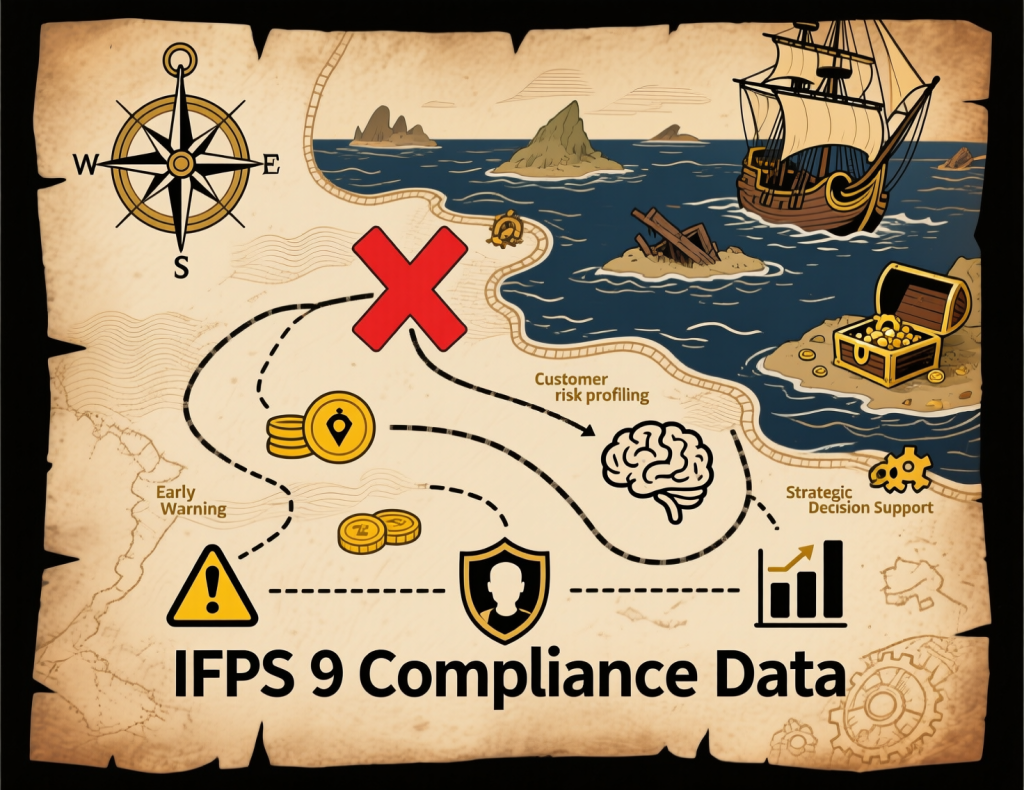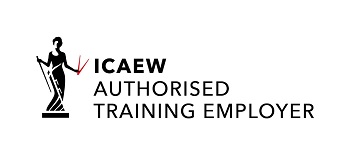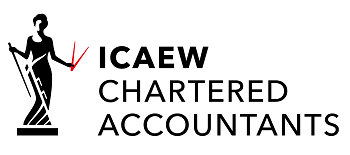
I’ll be honest with you – when I first encountered IFRS 9 financial instruments reporting, my initial thought was “Oh brilliant, another accounting standard that sounds like a robot serial number.” But here’s the thing that caught me off guard: this particular “robot” actually makes sense once you get past the intimidating acronym soup.
The reality is stark. If your business deals with any financial instruments – and trust me, that’s probably more extensive than you think – IFRS 9 financial instruments isn’t just regulatory box-ticking. It’s the difference between financial reporting that tells the truth and reporting that accidentally lies through omission.
Why Your Current Approach Might Be Sabotaging You
Let’s start with something uncomfortable. Most businesses I encounter are handling IFRS 9 financial instruments compliance like they’re defusing a bomb with gardening gloves. Careful, yes. Effective? Not so much.
The problem isn’t incompetence – it’s that IFRS 9 financial instruments represents a fundamental shift from the “wait and see” approach of previous standards. Where old standards basically said “report losses when they happen,” IFRS 9 demands you predict them. It’s like asking you to forecast which of your customers will ghost you next year.
And here’s what keeps me up at night: companies are often implementing IFRS 9 financial instruments processes that technically comply but miss the strategic insights entirely. Recent amendments in 2024 have added complexity around electronic payment systems and nature-dependent electricity contracts KPMG,IFRS Foundation, making it even more crucial to get the fundamentals right.
The Three-Headed Monster (That’s Actually Quite Friendly)
IFRS 9 financial instruments breaks down into three main areas, and understanding them properly can transform how you view your business risks:
- Classification and Measurement – This isn’t just about putting things in the right boxes. It’s about understanding what your financial instruments actually do in your business. Are they cash generators? Risk hedges? Growth investments? The classification drives everything else.
- Impairment – Here’s where it gets interesting. Instead of waiting for disaster to strike, you’re essentially becoming a fortune teller. The Expected Credit Loss (ECL) model wants you to peek into the future and estimate what might go wrong. Sounds terrifying, right? It’s actually liberating once you get the hang of it.
- Hedge Accounting – If classification is putting things in boxes and impairment is fortune telling, hedge accounting is like playing 3D chess with your risk management. Recent amendments in December 2024 have expanded hedge accounting possibilities for nature-dependent electricity contracts, showing how the standard continues evolving to meet business realities.
The Hidden Complexity That Nobody Mentions
The bit that catches most people off-guard isn’t the technical requirements – it’s the data demands. IFRS 9 financial instruments compliance is hungry for information in ways that previous standards never were.
Consider this scenario: You’ve got a portfolio of trade receivables. Under old standards, you’d create a general provision based on historical experience. IFRS 9 financial instruments wants to know about individual customer credit ratings, economic forecasts, industry-specific risks, and how all these factors interact. It’s like upgrading from a bicycle to a Formula 1 car – same basic function, completely different level of sophistication.
| Old Standard Approach | IFRS 9 Approach | Key Difference |
| Historic loss rates | Forward-looking ECL | Predictive vs reactive |
| General provisions | Specific assessments | Granular risk analysis |
| Binary classification | Three-stage model | Nuanced risk categories |
| Annual reviews | Continuous monitoring | Real-time adjustments |
Note: This table simplifies complex concepts – actual implementation varies significantly by organisation
When Simple Solutions Hide Complex Problems
I’ve seen businesses try to solve IFRS 9 financial instruments challenges with spreadsheets that would make NASA proud. Hundreds of formulas, multiple workbooks, manual data entry that takes weeks. It works, technically. But it’s like using a hammer to perform surgery – you might achieve the desired outcome, but the process is unnecessarily brutal.
The smarter approach? Recognising that IFRS 9 financial instruments compliance is actually a data management challenge disguised as an accounting problem. The companies that thrive aren’t necessarily the ones with the biggest accounting departments – they’re the ones that treat their financial data like the strategic asset it is.
Stage Migration: The Heartbeat of Your Risk Profile
Here’s something that doesn’t get enough attention – the movement of financial instruments between IFRS 9 financial instruments’ three stages tells a story about your business that goes way beyond compliance. It’s like a health monitor for your financial relationships.
Stage 1 instruments are your healthy relationships – low risk, performing as expected. Stage 2 represents relationships under stress but still functioning. Stage 3? That’s your financial intensive care unit.
But here’s the insight that changed how I think about this: the flow between stages often reveals business trends before traditional management reporting catches them. If you’re seeing unusual migration from Stage 1 to Stage 2, that’s not just a compliance issue – that’s early warning system gold.
The practical reality is messier, though. I’ve watched finance teams spend hours debating whether a particular exposure belongs in Stage 1 or Stage 2, when the real question should be: “What is this pattern telling us about our business?”
Technology: Your Friend or Frenemy?
Let me paint you a picture of two companies I’ve encountered:
Company A invested heavily in sophisticated IFRS 9 financial instruments software. Automated calculations, real-time reporting, dashboard visualisations that would make a tech startup jealous. They were producing compliance reports faster than ever.
Company B kept most processes manual but invested heavily in understanding what the numbers meant. Less automation, more analysis.
Guess which one made better business decisions?
Company B’s approach meant their finance team actually understood the drivers behind their ECL calculations. When market conditions shifted, they could adapt quickly because they understood the underlying logic. Company A’s team could generate reports, but struggled to explain why the numbers changed.
The lesson isn’t anti-technology – it’s that IFRS 9 financial instruments compliance without understanding is just expensive box-ticking.
The Documentation Dilemma
Nobody talks about this enough: IFRS 9 financial instruments is documentation hungry. Not just “keep some notes” hungry – more like “explain every assumption, justify every judgement, and document every decision” hungry.
I’ve seen audit trails that read like novels. Fascinating novels, actually, if you’re into the intricate reasoning behind credit risk assessments. The challenge isn’t creating this documentation – it’s creating documentation that serves both compliance and business intelligence purposes.
The companies getting this right aren’t just documenting their compliance process – they’re creating a knowledge base that improves decision-making across the business.

ECL Modelling: Art Meets Science
Expected Credit Loss calculations are where IFRS 9 financial instruments gets genuinely interesting. You’re essentially building a crystal ball that predicts financial behaviour. The technical requirements are one thing, but the real challenge is balancing statistical rigour with practical business sense.
Here’s what I mean: Your model might indicate that Customer X has a 15% probability of default based on quantitative factors. But you know Customer X personally, you know their industry is seasonal, and you know they’ve weathered previous storms successfully. How do you incorporate that qualitative insight into your ECL calculation without compromising the model’s integrity?
| Factor Type | Examples | IFRS 9 Consideration |
| Quantitative | Credit scores, financial ratios | Statistical modelling base |
| Qualitative | Management changes, market conditions | Model adjustments and overlays |
| Forward-looking | Economic forecasts, industry trends | Scenario weighting |
Real-world ECL models blend all three factor types – pure statistical models often miss crucial context
When Hedge Accounting Actually Makes Sense
Hedge accounting under IFRS 9 financial instruments is where the standard shows its practical side. Previous hedge accounting rules were so rigid that many economically sensible hedging strategies couldn’t qualify for hedge accounting treatment. It was like having safety equipment that only worked in laboratory conditions.
IFRS 9 financial instruments’ approach is more flexible, more aligned with how businesses actually manage risk. But flexibility brings complexity – you need to demonstrate that your hedging strategies are actually effective, not just theoretically sound.
I’ve worked with businesses where hedge accounting qualification transformed their P&L volatility from a roller coaster into something resembling controlled flight. The difference isn’t just cosmetic – it’s about presenting financial results that reflect your actual business performance rather than accounting artifacts.
Recent Changes You Need to Know About
Let’s address the elephant in the room – IFRS 9 financial instruments isn’t static. In May 2024, the Board issued amendments relating to financial liabilities settled using electronic payment systems and the assessment of contractual cash flow characteristics IFRS – Amendments to the Classification and Measurement of Financial Instruments. These might seem technical, but they affect how many businesses handle routine transactions.
December 2024 brought amendments for contracts referencing nature-dependent electricity, effective from January 2026. If your business deals with renewable energy contracts, this isn’t optional reading – it’s essential preparation.
The pattern here is clear: IFRS 9 financial instruments evolves with business reality. Staying compliant means staying informed about these changes, not just implementing the standard once and forgetting about it.
The Small Business Reality Check
Let’s address something that gets glossed over in most IFRS 9 financial instruments discussions: not every business needs a full-scale ECL modelling programme. The standard includes simplifications for smaller entities, but figuring out which simplifications apply to your specific situation requires careful analysis.
At Ask Accountant, we’ve helped businesses navigate this exact challenge – determining when sophisticated modelling is genuinely necessary versus when simpler approaches deliver equivalent results. The key insight is that IFRS 9 financial instruments compliance should be proportionate to both your business complexity and your risk profile.
Sometimes the most sophisticated solution is recognising that you don’t need maximum sophistication.

Making Peace with Imperfection
Here’s something that might surprise you: perfect IFRS 9 financial instruments compliance doesn’t exist. The standard requires judgement, estimation, and prediction – all inherently imperfect activities. The goal isn’t perfection; it’s reasonable accuracy combined with clear documentation of your reasoning.
I’ve seen businesses paralysed by the pursuit of precise ECL calculations, spending months refining models that were already adequate for their purposes. Meanwhile, their competitors were using “good enough” models to generate business insights and make better decisions.
The sweet spot is robust processes that produce defendable results while remaining practical to maintain and understand.
Looking Forward: Beyond Compliance
The businesses that get the most value from IFRS 9 financial instruments compliance are those that treat it as a business intelligence exercise rather than just regulatory requirement. They’re using ECL data to inform credit decisions, stage migration patterns to identify emerging risks, and hedge effectiveness testing to optimise their risk management strategies.
This isn’t accidental – it’s the natural result of approaching IFRS 9 financial instruments implementation thoughtfully rather than just trying to tick compliance boxes as quickly as possible.
The question isn’t whether your business needs professional IFRS 9 financial instruments support – it’s whether you want to use compliance as an opportunity to understand your business better, or just as something to get through.
For businesses looking to transform their approach to financial reporting and risk management, proper IFRS 9 financial instruments implementation becomes a competitive advantage rather than just a compliance cost. The difference is in how you approach it from day one.
If you’re wrestling with IFRS 9 financial instruments implementation challenges or want to discuss how these requirements apply to your specific business situation, our team at Ask Accountant specialises in making complex financial reporting requirements practical and valuable for growing businesses. You can reach us at +44(0)20 8543 1991 or visit us at 178 Merton High St, London SW19 1AY.
Frequently Asked Questions
Q: Do all businesses need to implement IFRS 9?
A: Any business applying IFRS must implement IFRS 9 financial instruments, but the complexity of implementation varies significantly based on your financial instruments portfolio.
Q: How often do ECL calculations need to be updated?
A: At minimum annually, but best practice involves continuous monitoring with formal recalculation at each reporting period for IFRS 9 financial instruments compliance.
Q: Can small businesses use simplified approaches?
A: Yes, IFRS 9 financial instruments includes practical expedients and simplified approaches, particularly for trade receivables and contract assets.
Q: What’s the biggest implementation challenge?
A: Data requirements – IFRS 9 financial instruments demands much more granular information than previous standards, particularly for ECL modelling.
Q: What will the new 2024 amendments mean to my business?
A: The amendments cover nature dependent electricity contracts and electronic payment systems IFRS – Amendments to the Classification and Measurement of Financial Instruments, and thus this wouldn’t affect you unless your business use or transaction types fall under those areas.
Q: What does Brexit mean to IFRS 9 compliance of UK businesses?
A: internationally adopted accounting standards used in UK are currently very similar to international IFRS, but businesses should watch out in case divergences occur.







